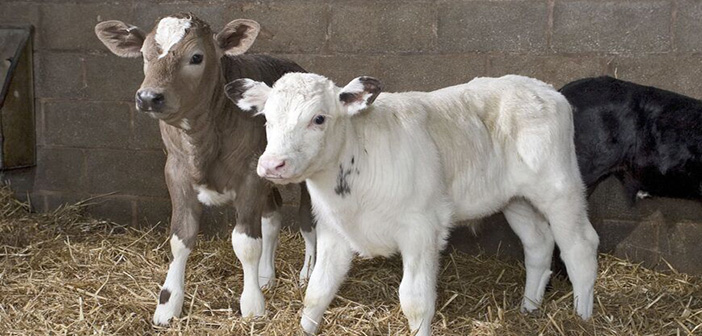With the clock ticking on changes to Red Tractor standards in 2023 which will strengthen the UK dairy industry’s commitment to rear every calf with care, a pilot initiative on-farm is tackling the key challenges of breeding, rearing and marketing.
RH&W said more than 1.4 million calves are born to dairy cows in Great Britain alone each year. However, improving the outcome for around 60,000 dairy bull calves with no market to take them is a difficult but surmountable hurdle – and may even open up new opportunities for the dairy sector.
Gwyn Jones, vice chairman of RH&W, said the solution is to ensure all calves have a value, which is the focus of more than 40 organisations involved in the GB Dairy Calf Strategy 2020-2023.
Mr Jones said: “For RH&W’s contribution, our pilot project in South Wales involving farmers, breeding companies, processors and rearing specialists aims to link solutions together into a viable, sustainable and profitable system.”
He explained that breeding is the starting part of the strategy, with some block calving herds containing cross cows too small to produce calves for the beef industry.
“We believe we need to look towards cows which are a minimum 470kg yet still profitable for milk solids production, and early results on this look positive,” explained Mr Jones. “We also need to ensure calf genetics are suited to the rearing system and end market, and sexed semen is used strategically so calves can be reared efficiently and profitably.”
Another aspect is viable supply chains for rearing calves, he added.
“This might involve making use of extra resources like labour and buildings from other sectors such as sheep, or positioning calf rearing as a way of new entrants getting into farming without land,” Mr Jones said.
“As part of this we need high quality rearing and stockmanship, and there’s scope to reduce mortality and morbidity across the industry in the first 12 weeks so these calves don’t just survive but thrive.”


